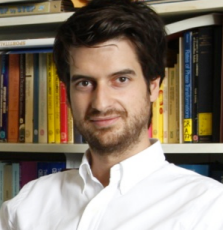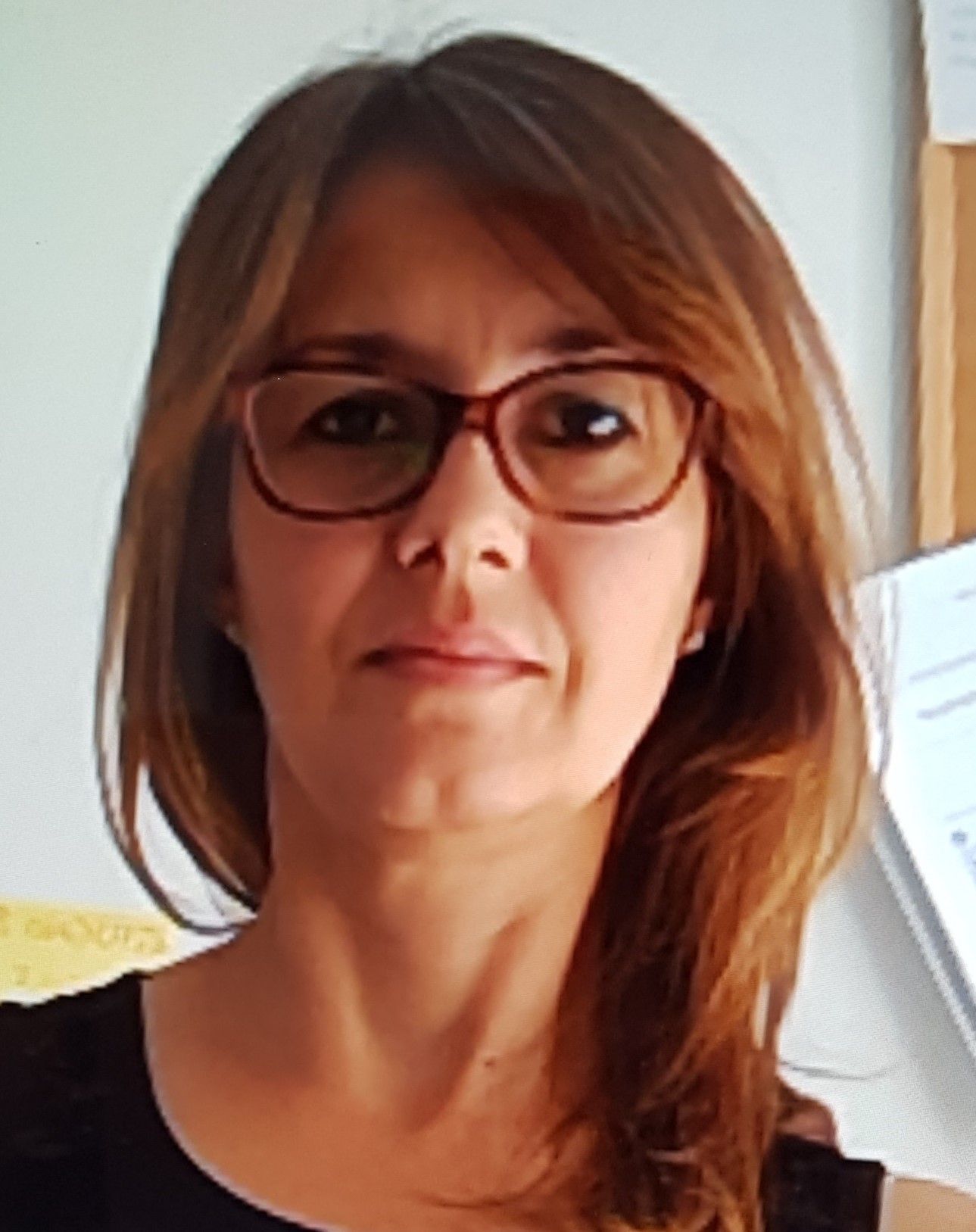Domestic Speakers Webinar Series
November 11, 2021
Filippo Rossi

Politecnico di Milano
DECORATED NANOGELS AS PROMISING TOOLS FOR SELECTIVE DRUG DELIVERY IN SPINAL CORD INJURY
Abstract
The sSpinal cord injury is an invalidating disease that involves the damage of the spinal cord or the nerves connecting the spine to the central and peripheral nervous system. A possible therapeutic approach is represented by the possibility to modulate the inflammatory response through the release of drugs in the damaged zone selectively within different cell lines using colloids as Trojan horses [2]. In this work we prepared different functionalized nanogels using the procedures written in previous works. Biological tests proved that functionalized nanogels were able to be selectively internalized in microglia or astrocytes, that their degradation promoted drug release and the use of anti-inflammatory molecules as delivered drug were able to mitigate the pain state. In vivo subsequent assays on diseased mouse confirmed the result obtained in vitro and the potentiality of this treatment.

About Filippo
Filippo Rossi received his MSc and then PhD in chemical engineering from Politecnico di Milano in 2007 and 2011 respectively. Then he spent research periods at Uppsala University (2012) and Mario Negri Institute for Pharmacological Research (2013–2015) as a PostDoc and Keio University (2018) as a Visiting Associate Professor. In 2015 he joined the Department of Chemistry, Materials and Chemical Engineering “Giulio Natta” of Politecnico di Milano as an Assistant Professor and then from 2019 he has been working as an Associate Professor of Applied Physical Chemistry. His group's research program is focused on developing novel technologies to solve problems associated with health and the environment using functionalized polymers in bulk and colloidal forms. For his research activities he has been awarded with several international prizes and appointed as Fellow of the Global Young Academy.
Francesca Re

CNLab, School of Medicine and Surgery, University of Milano-Bicocca
TRANSLATIONAL NANOMEDICINE FOR GLIOBLASTOMA
Abstract
Glioblastoma multiforme (GBM) is a serious medical issue in the brain oncology field due to its aggressiveness and recurrence. Among the different innovative approaches investigated, nanoparticles gain attention because of their versatility, which is key in allowing precise targeting of brain tumors and increasing targeted drug delivery to the brain, thus minimizing adverse effects. In this context, we have developed nanoparticles capable to deliver anti-tumor drugs across the blood-brain barrier, to target GBM cells and GBM stem cells, to be differentially exchange cells of tumour microenvironment via tunneling nanotubes and to release drugs in a controlled way (metalloproteases-sensitive nanoparticles). These nanoparticles have characterized in vitro and in vivo in GBM animal model. Moreover, we are developing implantable hydrogel for the release of nanoparticles directly in brain parenchyma.

About Francesca
The research developed throughout my career on the one side contributed to advance the knowledge of the mechanisms underlying the transport of molecules (lipids, proteins and supramolecular complexes) across the blood-brain barrier (BBB) and the connections with cerebral amyloidosis. More precisely, I investigated the molecular mechanisms underlying the dynamics of aggregation, disaggregation and clearance of amyloid-beta peptide, which accumulates in high amounts within the brain of Alzheimer’s and Cerebral Amyloid Angiopathy patients and plays a central role in the pathogenesis of these diseases. The combination of the accumulated expertise on these issues allowed myself to devise new strategies for the therapy of Alzheimer’s disease, based on nanomedicine tools, by designing nanoparticles (liposomes) able to cross the BBB and to target amyloid-beta peptide, destabilizing its aggregates and preventing their accumulation in the brain. A proof-of-principle has been obtained in animal models of Alzheimer disease. The I.P. related to these liposomes has been protected by two families of Patents and a Spin-off company has been established (AmypoPharma S.r.l., Milano), in which I am currently CSO. Within the objectives of the company I have develop expertises in studying the effect of nanoparticles on different amyloidogenic proteins and in controlling their aggregation in vitro. Related to the above said topics I have coordinated an EU project, awarded by a JPND funding (Development of a Novel Multicellular In Vitro Model of Alzheimer’s disease like Blood-Brain Barrier, NAB3), aiming to develop advanced experimental cellular models of the BBB, to reproduce features present in neurodegenerative diseases. Currently, my research focus is on the design of drug delivery systems for brain diseases treatment (in particular central amyloidosis and glioblastoma). I have published 64 scientific papers on top international peer-reviewed journals; my h-index is 25 with 1921 citations (Scopus). In 2013, I was awarded of “63rd Lindau Nobel Laureate Meeting – Chemistry”. I am member of the Editorial Board of different Journals (Journal of Nanoscience, Nanomedicine & Nanobiology; Nanobiomedicine Journal; Journal of Nanotechnology and Nanomedicine). I had three career intermissions between 2009 and 2016 due to maternity leave.